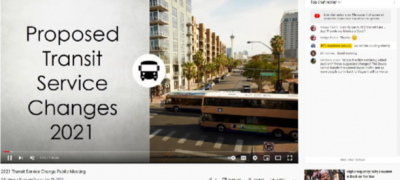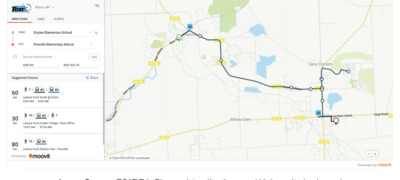The purpose of this Virtual Engagement Guidebook is to offer a reference tool for transit agencies, mobility managers, human service transportation providers, tribal transportation programs and metropolitan planning organizations (MPOs) that seek to expand or diversify their practices for collaborating with their teams, policymakers, stakeholders, partners, and members of the public. The guidebook highlights industry practices, approaches, and tools available.
Virtual engagement practices have been around for many years, but the COVID-19 pandemic ushered in a major shift from in-person to virtual engagement as transportation organizations focused on ways to continue to involve their partners, community members, and riders in their decisionmaking processes. With differing levels of success, most organizations moved quickly to use virtual platforms for meetings and webinars for everyday involvement. As the pandemic continued on, many adapted by investing in new communications tools and by testing approaches they had not previously tried. Ultimately most transportation organizations found tools that worked for them and the communities they sought to engage, and many organizations expect to use virtual engagement tools to supplement in-person events or in lieu of them in the future.
Short on time? See our fact sheet here
How are we doing? We’d love to receive feedback through our Customer Survey




